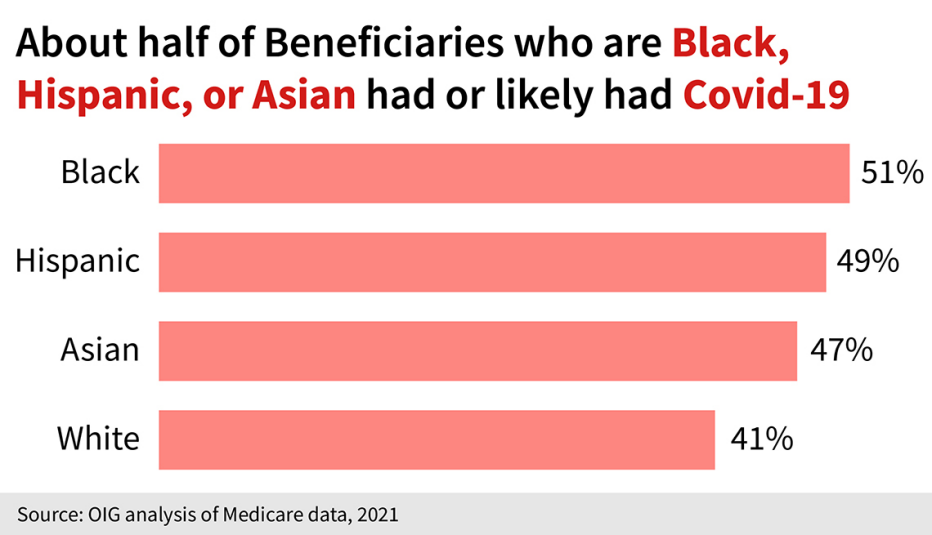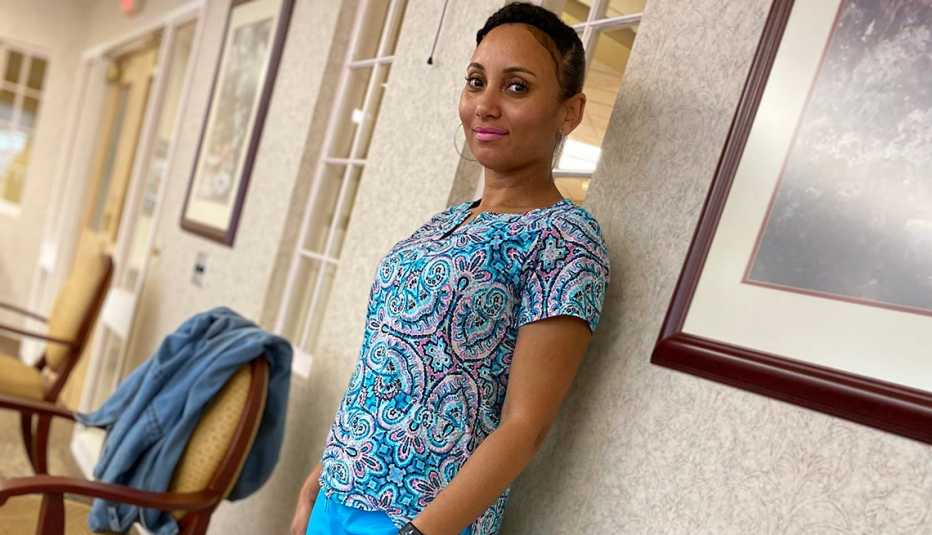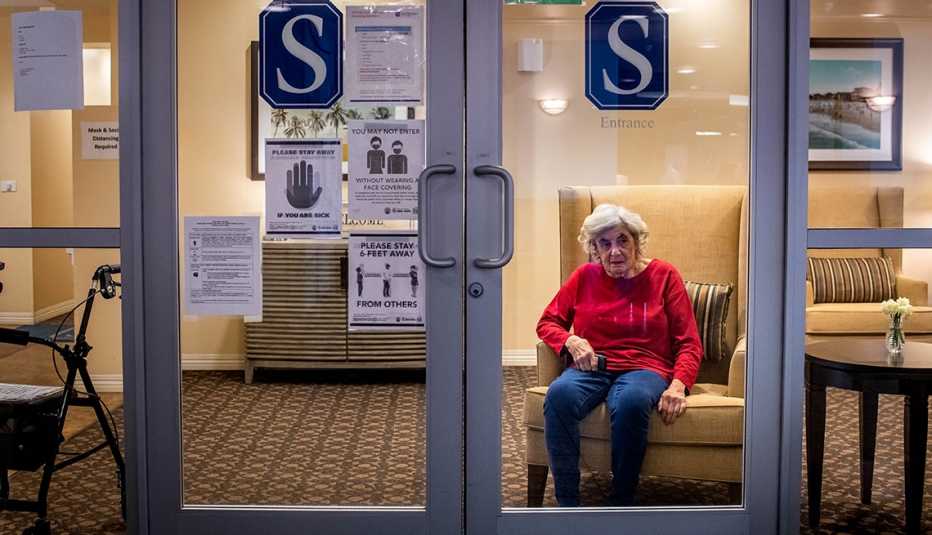Staying Fit
More than 4 in 10 Medicare beneficiaries who resided in a nursing home last year had or likely had COVID-19, according to a sweeping new study released Tuesday by the inspector general of the U.S. Department of Health and Human Services (HHS). Minority residents on Medicare were significantly more likely than white residents on Medicare to have or likely have contracted the virus.
The study, which analyzed the Medicare claims of 3.1 million Medicare beneficiaries who resided in nursing facilities and skilled nursing facilities in 2020, highlights the pandemic's disproportionate toll on the country's seniors in nursing homes, where more than 130,000 residents have died from the virus so far. It found that some 763,000 Medicare beneficiaries in nursing homes were confirmed positive for COVID-19 in 2020, and an additional 533,000 likely had it. COVID-19 was suspected in that latter group, but not confirmed by a positive test result, mainly due to a shortage of tests during the early months of the pandemic.


AARP Membership— $12 for your first year when you sign up for Automatic Renewal
Get instant access to members-only products and hundreds of discounts, a free second membership, and a subscription to AARP the Magazine.
Overall, 42 percent of beneficiaries suffered confirmed or likely COVID-19, the study found. “For context, about 6 percent of the nation's population were reported to have been infected by the end of December,” the authors wrote, citing data from the COVID Tracking Project.
"These are really sobering numbers,” says Nancy Harrison, a deputy regional inspector general at HHS. “These are mothers, fathers, aunts, uncles, loved ones, friends and the devastation they face really demands we examine what happened.”
Medicare is a federal health insurance program that subsidizes healthcare for people age 65 or older, younger people who qualify on the basis of disability, and those with End-Stage Renal Disease. Its beneficiaries make up the majority of the nursing home population.
The study found that the overall mortality rate for Medicare beneficiaries in nursing homes — which includes not just COVID-19 deaths, but all deaths — rose by a third from 2019 to 2020, the year the U.S. pandemic started, jumping from 17 to 22.5 percent. Every month of 2020 had a higher mortality rate than the corresponding month a year earlier.




































































